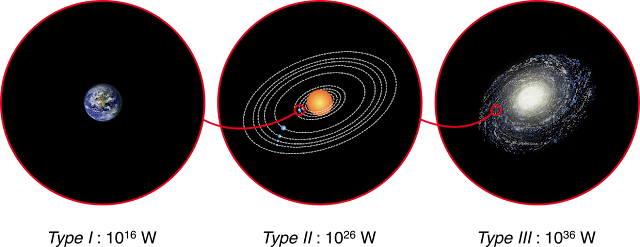Vernal Point 1090, Crusades, Reconquista, and the Ambitions of the Roman Church
Sirius, the astrology software, is acting up but I was able to get a visual at what the Vernal Equinox of 1090 looked like. When studying the Uranus-Pluto conjunction of 1090, I found it happening in the sign of Pisces (Reminder to readers: I use the Fagan and Bradley sidereal zodiac). It comes into exactitude on 29 May 1090, which is very close to the Vernal Equinox. Therefore, it intrigued me to investigate the time of the Vernal Equinox that year, and low and behold, I found the Sun, Uranus, and Pluto all in 18 degrees Pisces.
This illumination of the major conjunction indicates a full flowering of the Aeon of Pisces. It is my contention that the Medieval cycle of Neptune-Pluto was the peak of the Aeon of Pisces, the Medieval cycle of Neptune-Pluto began in 905, and the stellium of Sun-Uranus-Pluto in question occurred still in the formative half of the Medieval Neptune-Pluto cycle. More specifically, right after the waxing square of 1070s. In 1096 Neptune and Uranus come into exact square, more on 1096 below. The 1050s are the scene of the Uranus-Neptune opposition, and the stellium in question already falls to the second half of the cycle that began in 965 in Libra.
From the point of a sidereal zodiac, the conjunction in Libra happens 3 times throughout the Middle Ages, these three cycles could be named Medieval Renaissances but only from the vantage point of Europe. We see the gradual improvement in European art over these three eras, art being the function of Libra's ruling planet Venus. The opposition of Uranus-Neptune in the 1050's brought with it the East-West Schism, an event barely noticed at the time, which will have ramifications in the future.
The newly resurgent Roman Church will launch the First Crusade in 1096. The Neptune-Uranus cycle mentioned above is generally considered to coincide with the history of the Church. Neptune being the sign ruler of the current Aeon. The 1090s are also the scene of El Cid's conquest of Valencia.
The themes of the Uranus-Pluto conjunction are "barbarian invasions." It so happens that Uranus-Pluto aspects always coincide with invasion of foreign peoples in the antiquity. For instance the invasion of the Hyksos into Egypt in 1650 BC, or the sack of Babylon by Mursili I, king of the Hittites in 1531 BC. The Crusaders were definitely barbarians from the point of view of the Muslims. In the modern times, the hard aspects of Uranus-Pluto always coincide with times of cultural and ideological change, such as the French Revolution, or the 1960s.




Comments
Post a Comment